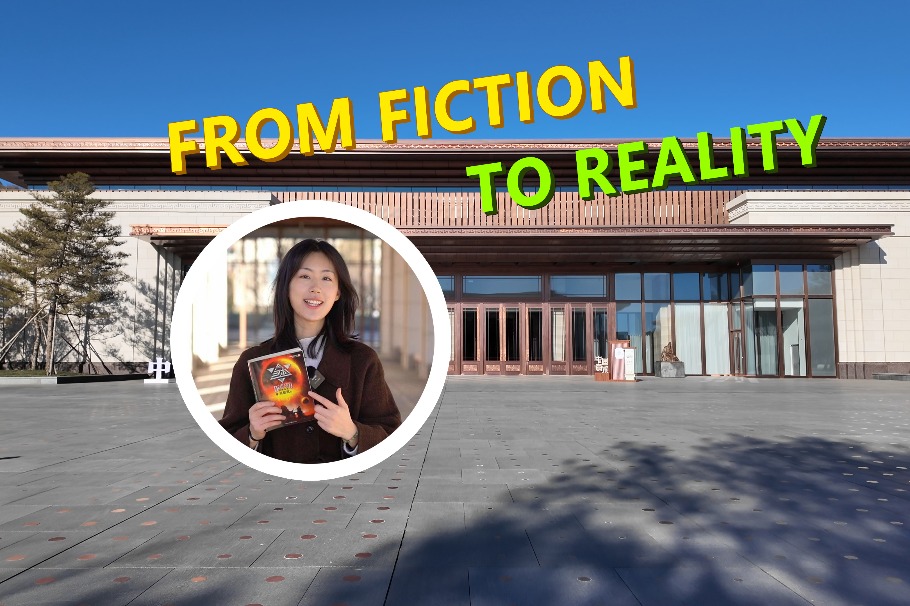Rock paintings tell ancient stories of China, Kazakhstan
CGTN | Updated: 2023-05-12 10:47

Zuojiang Huashan Rock Art Cultural Landscape
Located in a surrounding landscape of karst rocks, rivers and raised plains, the Zuojiang Huashan Rock Art area dates from around 500 BC to 200 AD. It serves as a testament to the Luoyue people's lifestyle, religion, culture and art from the Warring States period (475-221 BC) to the Eastern Han Dynasty (25-220).
The rock art landscape is comprised of 38 sites in total. They were painted on the cliffs along the Zuojiang River and its tributary, the Mingjiang River, stretching more than 100 kilometers.
Some 4,050 painted images have been discovered there to date. Most of them are scattered at least 15 meters above the river's surface, with the highest one painted 130 meters above the water.
Humans, animals and tools make up almost all of the images. The most typical scene features a large male who is shown half crouching with his hands raised, weapons strung around his waist, and many smaller figures surrounding him in the same pose. It is widely believed by archaeologists and historians that such scenes reflect the sacrificial activity of the Luoyue people.
The red pigment the Luoyue people used to paint these images is hematite powder mixed with diluted animal fat. This highly durable cocktail explains why the color remains visible despite thousands of years of battling the elements. However, experts still struggle to explain how these ancient Chinese people were able to paint at such altitudes on cliffs. Experts have suggested numerous theories as to how they did it, but none have been able to successfully implement it despite the use of the latest technology.
























